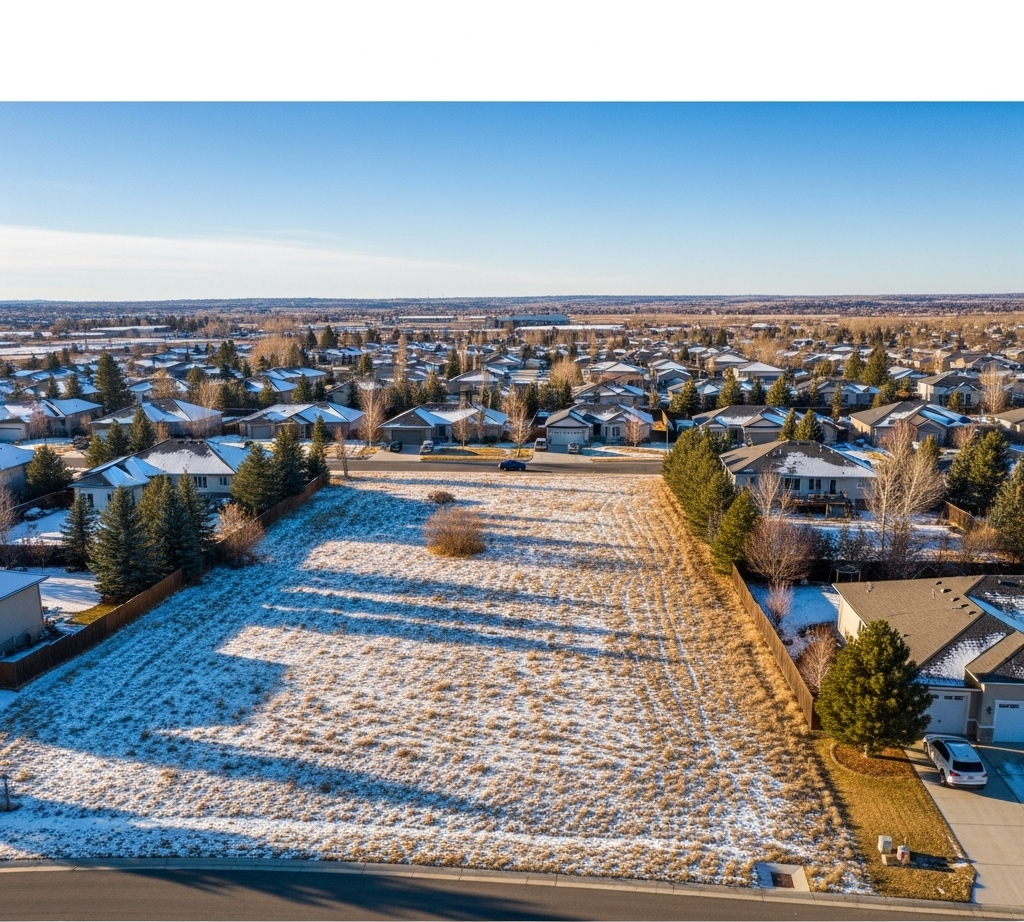The Ultimate Checklist for Buying Vacant Land.

Phase 1: Financial and Legal Preparation
Before you even start looking at listings, getting your finances in order is the first step. This will define your search and give you the power to act when you find the right property.
1. Define Your Budget and Get Pre-Approved
Know exactly how much you can afford. This includes the purchase price plus a buffer for extra costs like surveys, closing fees, and initial property taxes. If you need financing, speak to a lender who specializes in land loans and get a pre-approval letter. This shows sellers you are a serious buyer.
2. Understand Your Financing Options
- Financing raw land can be different from a home mortgage. The main options include:
- Seller Financing: Many landowners offer this, making the process simpler.
- Bank or Credit Union Loans: These often require a larger down payment for land.
- Home Equity Loans: You can leverage the equity in your existing home.
Phase 2: The Due Diligence Checklist
This is the most critical phase. Rushing your due diligence is the biggest mistake you can make when buying land. Take your time and investigate everything.
3. Verify Zoning and Land Use Restrictions
Confirm the property’s zoning classification with the local county planning department. Can you use the land for your intended purpose (e.g., residential, agricultural, commercial)? Are there any future development plans for the area that could impact your property?
4. Confirm Legal and Physical Access
Does the property have legal, deeded access? Don’t just assume a dirt road leads to your property. Verify there is a legal easement if it’s landlocked. Check the physical quality of the access road in different weather conditions.
5. Investigate Utility Availability
Don’t assume you can get power, water, and internet. Check with local utility companies on the cost and process for bringing services to the property line. For off-grid properties, investigate the feasibility and costs of a well, septic system, and solar power.
6. Get a Professional Land Survey
A survey is crucial. It will clearly mark your property boundaries, identify any encroachments, and reveal any easements that weren’t obvious in the title report.

Phase 3: Sealing the Deal
You’ve done your research and you’re confident in the property. Now it’s time to make it yours.
7. Make an Offer and Negotiate
Your offer should be in writing and include your proposed price, terms, and any contingencies (e.g., “contingent on a successful percolation test”). Be prepared to negotiate with the seller to reach a fair price.
8. Review and Sign the Purchase Agreement
Read the purchase agreement carefully. This legally binding document outlines all terms and conditions of the sale. If you are unsure about any of the language, consult with a real estate attorney. This is a key part of our checklist for buying vacant land.
9. Close on the Property
The closing process involves signing the final paperwork, paying all closing costs, and transferring the funds. Once complete, the deed will be recorded in your name, and the land is officially yours. Congratulations!
Your Land Buying Journey Starts Here
Buying vacant land is a significant investment, but with the right preparation and a thorough checklist, you can navigate the process with confidence. This guide is your first step toward owning the property of your dreams.
Ready to put this checklist to use?
Browse our current listings of vacant land for sale and find your perfect plot today!

